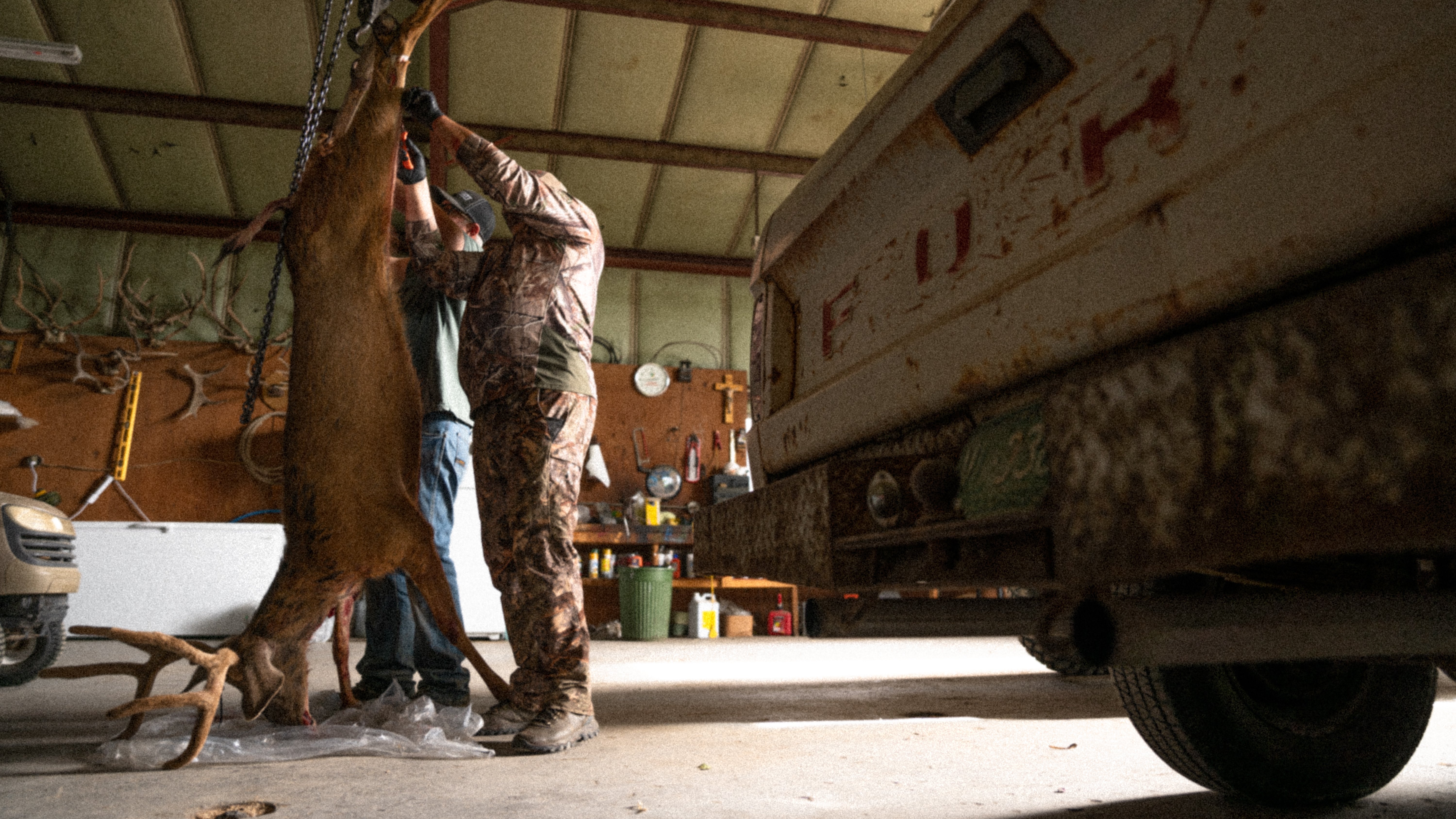When your goal is a mature buck, the many ways you can negatively impact your hunt can seem nearly endless. For many, this extreme challenge is part of the reason why we hunt. Unfortunately many pitfalls are self-inflicted.
For this article we’ll assume you’ve researched your wind directions and how they can impact not only your stand site, but your entrance and exit trails. And also, that you’ve successfully accessed your stand site more or less silently, without spooking any deer. Unfortunately, from that point on there’s plenty more that can go wrong. What follows are three of the most common pitfalls.
POOR CALLING CHOICES
Deer calls have saved many a hunt for me, and all calls have their time and place. But when it’s the wrong call at the wrong time and place, few things will spook deer faster. Snort-wheezes are one of the toughest calls to time and use correctly. Rattling systems are another.
A snort-wheeze is an ultra-aggressive call aimed at challenging a dominant mature buck passing at a distance. It should be used mostly during the late pre-rut through the rut when bucks are most aggressive and prone to fighting.
Rattling is similar timing-wise, and know that responding bucks will almost always circle downwind before coming in. Keep that in mind when selecting a suitable stand site. Downwind should be an opening or obstacle that would prevent a mature buck from showing up there to get your wind.
Finally, rarely are snort-wheezes and rattling systems good choices on most heavily hunted public lands, where bucks hear them a lot and have been educated to their sources. Yes, it can be tough to hold off, but your success might well depend on it.
DECOYS: PROCEED WITH CAUTION
Decoys can seem to be a slam-dunk attractant, until you use them regularly and see their many pitfalls. I speak from experience here. Yes, decoys can be very effective in the right situation. But mostly, stars must align.
If mature does come on the scene first and don’t like your decoy, they may alert other deer, including your target buck.
Decoys are also tough to carry in and set up silently, especially in the predawn. And in most every setup, approaching deer must be able to see them from a distance to be comfortable enough for them not to spook. So a decoy must be set in a relatively open area like cut cornfields and edges of other wide-open fields being checked by cruising, rutty bucks.
In-woods locations are almost always a no-go due to the tight quarters. There, your decoy will almost assuredly surprise passing deer — and your hunt will be over.
TOO MUCH SCENT/LURES
Commercial urine-based deer scents have run into some issues with CWD regulations, and I’ve interviewed several highly accomplished mature buck hunters who decline their use completely. Over the years I’ve used scents with varying levels of success. When it comes to attracting mature bucks, I’ve come to adopt one near-absolute mantra: Less is more. And mostly, a lot less.
In my opinion, doctoring natural or mock scrapes are among the best uses for commercial scents. But rather than emptying an entire bottle in one, a few drops will usually be much more effective. You’re looking for a passing buck to be curious enough to move in and work the scrape and leave its own natural scent.
If you’ve ever stumbled on a huge, natural community scrape, worked regularly by several deer, you know it typically does not reek of deer scent. The vast majority smell nothing like an entire bottle of commercial scent was dumped in there. That’s why I believe they tend to know something is up if you do that. The answer? Less is more.




.png)